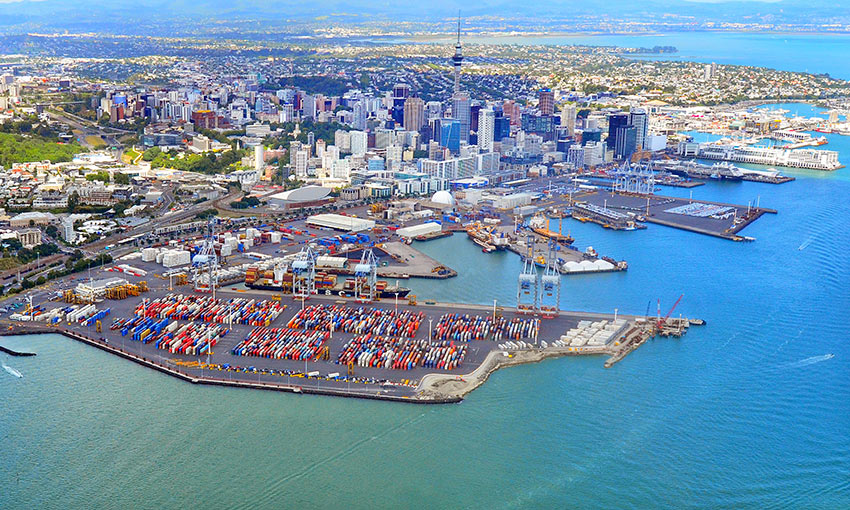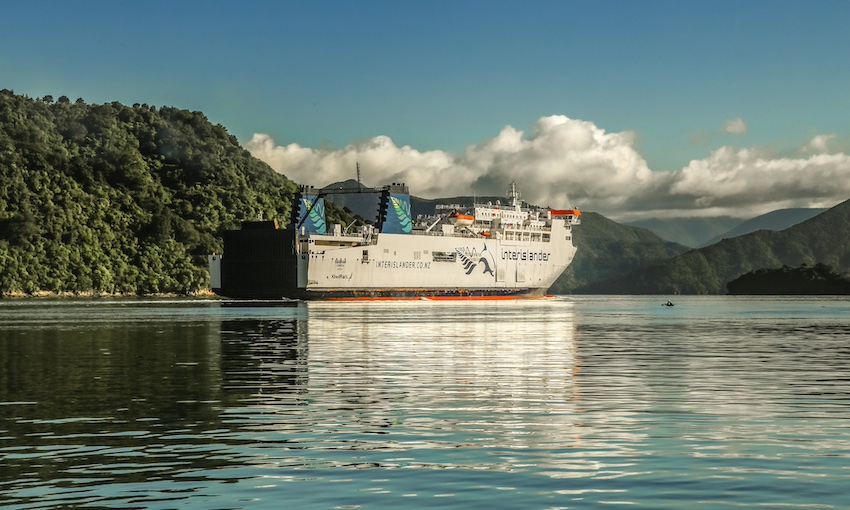THE NEW Zealand government is expanding the scope of Maritime NZ to give it oversight of most of the country’s port operations.
Currently, accidents and incidents that occur on land must be reported to WorkSafe New Zealand, while those that occur on vessels and ship to wharf are reported to Maritime NZ.
But the government has now confirmed changes that will extend Maritime NZ’s Health and Safety Work Act designation to cover the land side of New Zealand’s 13 commercial ports.
The Port Health and Safety Leadership Group recommended the extension of designation in its recently published Port Sector Insights Picture and Action Plan.
The plan was based on feedback and data collected from workers and port businesses in the wake of the death of two port workers in Lyttelton and Auckland last year.
Feedback indicated having a single safety regulator – soon to be Maritime NZ – would make it easier to understand how businesses are operating.
Maritime NZ chief executive Kirstie Hewlett said the government’s decision to extend designation would help port businesses improve health and safety.
“Ports are complex, dynamic and high-risk environments where there are a number of drivers of harm,” she said.
“This change will allow us to take a wider view of how port operations are conducted, and alongside port businesses, take the required multifaceted approach to preventing harm.”
Ms Hewlett said Maritime NZ would be able to work with and regulate businesses that carry out high-risk activities at ports more effectively.
“The extended designation also comes with resourcing to enable a greater presence on ports over time,” she said.
“Ultimately it’s about supporting those who work on ports to go home safe to their families.”
Ms Hewlett said having one regulator would make it easier to get an overall sense of how port businesses are developing systems, performing safety operations and engaging with workers.
“Maritime NZ will be engaging widely with the sector later this year on the designation, how it will work in practice and what it will mean for those working on the 13 commercial ports,” she said.
“We’ve done some early work to scope the various actions that will be required to implement this change and will be working closely with WorkSafe over the next year or so to ensure everything is in place to make this a seamless transition.”
WorkSafe chief executive Phil Parkes said Maritime NZ has experience and knowledge relevant to risks at ports.
He said the change would make it easier for everyone working on ports to understand their health and safety responsibilities.
“This will provide good clarity to businesses, organisations and workers who work in port environments,” Mr Parkes said.
“The different work in these environments can be complex, so helping all involved understand who their regulator is in any given scenario will be a big benefit.
“WorkSafe will continue to have a close working relationship with Maritime NZ around health and safety.”
Maritime NZ said WorkSafe will maintain responsibility for some specific areas and processes, including major hazard facilities and permitting and licensing regimes.
Maritime NZ is to monitor and enforce compliance with duties for workplaces, work, workers and things needing authorisation.
Maritime NZ’s designation will include the area of ports inside their boundary fence where access is restricted by a security gate, and adjacent buildings, installations, structures, or equipment used in connection with the port’s operation or administration.
The extended designation is scheduled to take effect on 1 July 2024.





